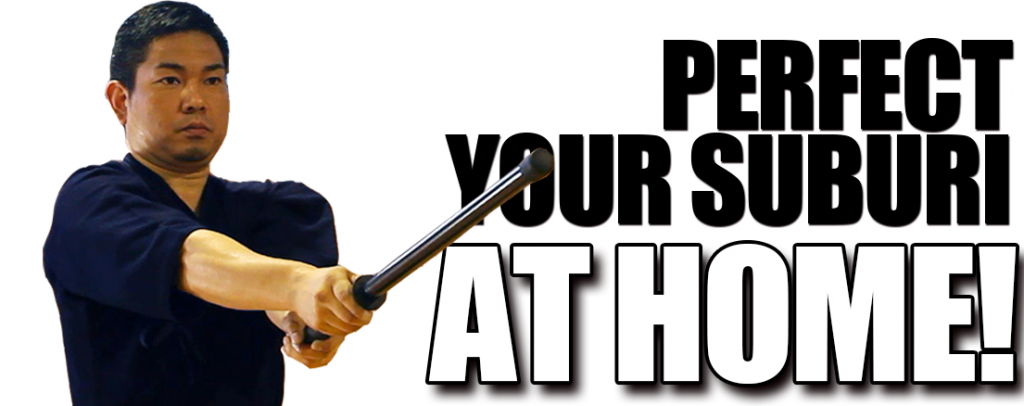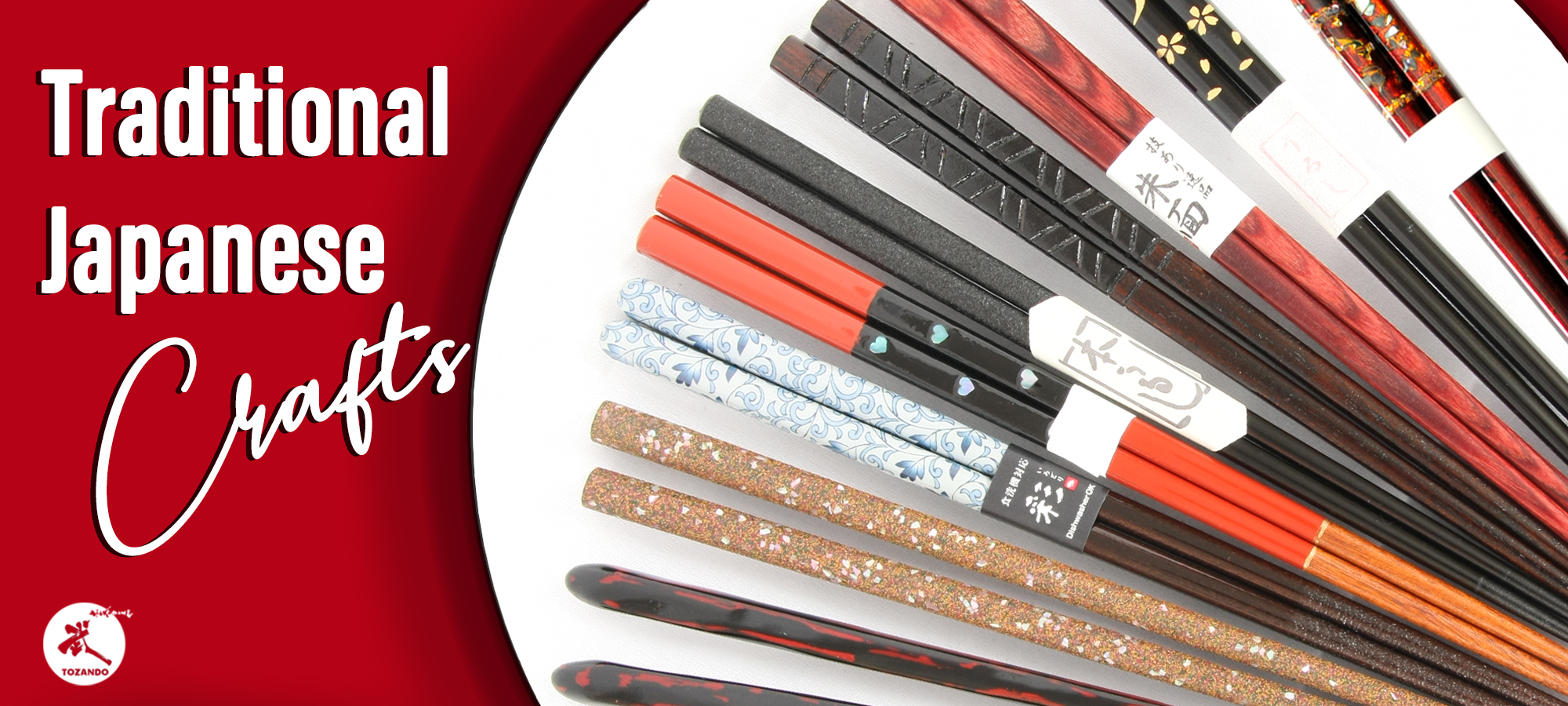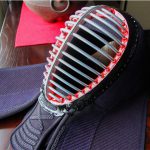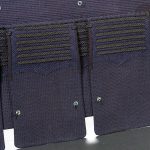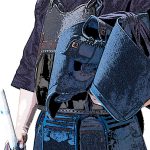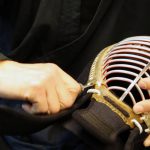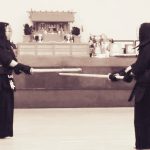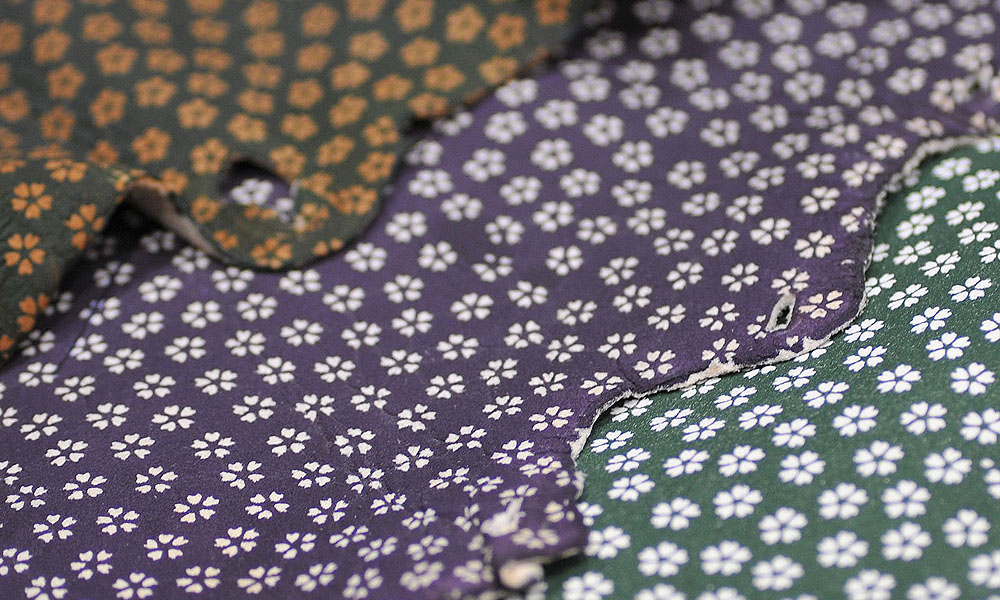
In the last article about shokko, we looked at the wonderful patterns that adorn many mune and ago of bogu. This time we are going to take a closer look at the patterns with which most kendo practitioners are familiar, such as Kozakura (Cherry blossoms) and Shobu (Japanese Iris) patterns.
You might think, “Where do you use shobu patterns in kendo?” Consider the shinai bag, a few individuals in your dojo may have a shinai bag with a green color and white patterns. In that pattern, there should be a white cross visible in the center, with three thin lines on each side of the cross. It’s a pattern that is often used in kendo but most people probably haven’t even stopped to think about it. This is what we call the shobu pattern. The design is a bit misleading, but the cross actually symbolizes the flower while the lines beside it symbolize its leaves.
On the other hand, the kozakura pattern is often seen on the back of tare or men. It’s the pattern of a flower with five petals. Some readers may then realize (or perhaps already knew) that this depicts sakura flowers.
Both shobu and kozakura are patterns that are so often seen in the world of kendo that most people probably don’t really understand the meaning behind them.
Shobu was a pattern that symbolized militarism, and was a pattern originally used by samurai.
Both the shobu and kozakura patterns were traditional patterns worn by the samurai and warriors in Japan. The patterns have also been historically used in bogu since the Heian period. It was first used on the dyed leather reinforcements on the yoroi armor or helmets worn by the samurai. The kozakura pattern has been found to be used on the kusazuri, a part which would correspond to the tare on a modern bogu, while the part where the dō and mune is joined and also the keshouita (shoulder armor pads) were decorated with the shobu pattern. Even before that, during the Nara era, patterns that imitated those of Chinese origin where commonplace on the dyed leather reinforcements. Both the shobu and the kozakura patterns come from a period when Japan’s unique culture flourished and are patterns chosen based on the aesthetic sense of the Japanese people.
Shobu symbolizes militarism (strength) and victory, which is why it was preferred as a decorative pattern on the armor of warriors. In fact, if you look at the armor, helmets, tsuba of the katana or horse saddles, that have been preserved, you will find that most of them are decorated with the shobu pattern.
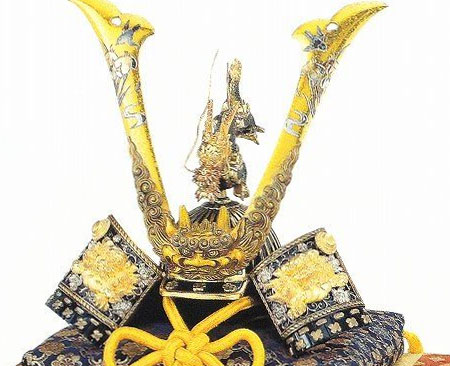
In Japan, it’s also because of this that on the Children’s day a holiday on the 5th of May, there is a custom of displaying armor decorated with irises in hopes that the children would become strong. It’s also a Japanese play on words, but to the warriors who spent their days betting their lives on the battlefield it was an important lucky charm.
At first glance, you might think sakura to be considered feminine pattern. How about kozakura? If someone told you that this pattern was preferred by the samurai, it may seem a bit counterintuitive. After all, the pale, short-lived, pinkish petals gives off a stereotypical feminine motif and the cherry blossoms are far from the image of the rugged samurai.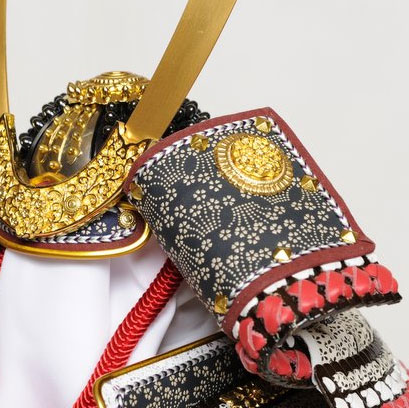
Even more, the sakura blossoms have long been loved by the Japanese people, however, during the Heian era there was a superstitious belief that plagues spread when sakura blossoms fell. This caused many people to dislike them. The fact that they fell so quickly made them seem like a very ominous sign.
Why did such a flower become a pattern preferred by samurai and how did it survive to the present time being used in our bogu?
While it’s true that sakura blossoms has a very short life-time and will scatter rather quickly, this fact is also why it was loved by samurai. Since the sakura blooms brilliantly and resolutely scatters afterwards, it came to symbolize the way of bushido and a part of stoic samurai traditions.
To always fight as your life depends on it and should you lose, rather than falling into the hands of your enemies, willingly choose to die by one’s own hands. Live brilliantly with all of your might and die quietly and resolutely, without any lingering attachment to life.
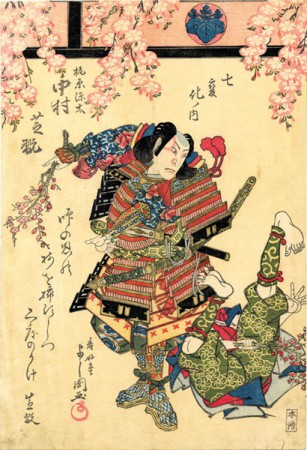
The sakura will bloom and be in its full glory for a very short time. After which it will elegantly and ungrudgingly fall to the Earth. The sakura is a symbol of bushido, which is why it was loved by the samurai. Living without the fear of death, vibrantly and stoicly while using the sakura as a metaphor is something that has been passed down from the times of bushido and into modern times. If you think about it like this, you can see just how appropriate the kozakura pattern actually is for decorating modern kendo bogu.
